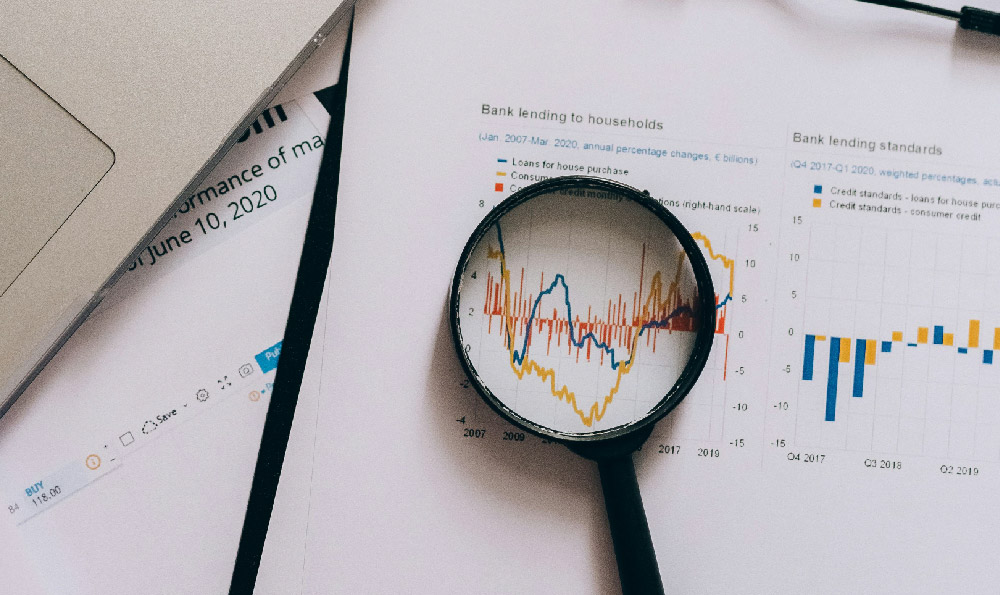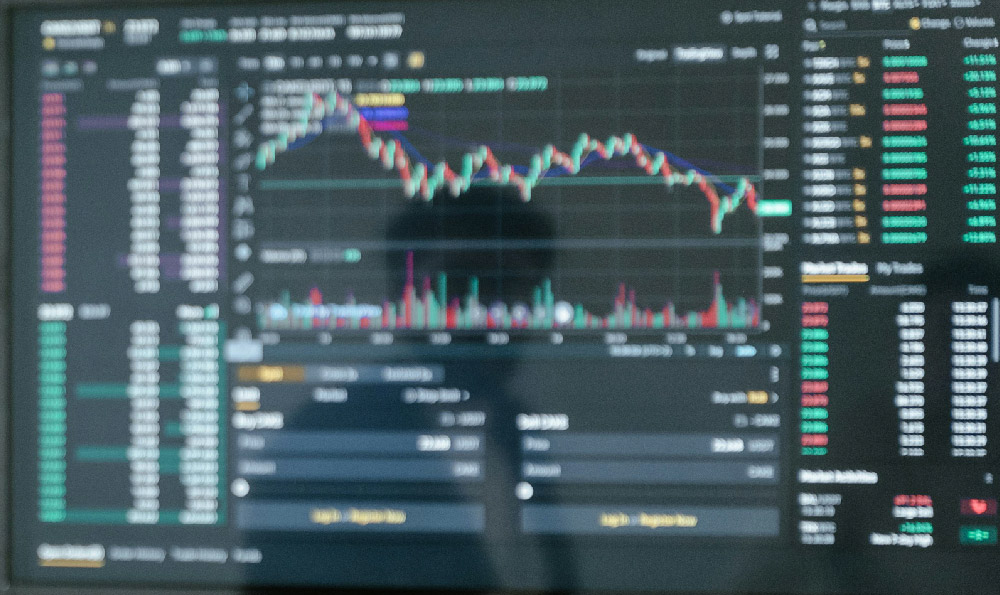Is Earning Money Possible with 10k? What Are the Best Strategies?
Yes, earning money with $10,000 is absolutely possible. While it won't make you an overnight millionaire, it's a substantial enough starting point to build a diversified portfolio and start generating returns. The key lies in understanding your risk tolerance, investment timeline, and choosing the right strategies that align with your financial goals. The "best" strategies will vary depending on these factors, but here's a breakdown of several options, along with their potential benefits and drawbacks:
One of the most conservative and accessible options is to invest in a high-yield savings account (HYSA) or a certificate of deposit (CD). While the returns won't be astronomical, these options offer safety and liquidity. HYSAs are essentially bank accounts that offer significantly higher interest rates than traditional savings accounts. CDs are similar, but your money is locked in for a specific term (e.g., 6 months, 1 year, 5 years), generally offering higher interest rates than HYSAs in exchange for that commitment. The returns are predictable, and your principal is typically FDIC-insured up to $250,000 per depositor, per insured bank. This is ideal for short-term goals, such as building an emergency fund or saving for a down payment within the next year or two. The drawback is that the growth potential is limited, especially in an environment where inflation might outpace the interest earned.
For those seeking slightly higher returns with moderate risk, consider investing in a diversified portfolio of exchange-traded funds (ETFs). ETFs are baskets of securities that track a specific index, sector, or investment strategy. They offer instant diversification, meaning your $10,000 can be spread across hundreds or even thousands of different companies or bonds, reducing the risk associated with investing in individual stocks. For example, you could invest in an S&P 500 ETF (SPY) to track the performance of the 500 largest companies in the United States, a total market ETF (VTI) for broader exposure to the entire US stock market, or a bond ETF (AGG) for fixed-income exposure. Building a diversified ETF portfolio involves allocating your money across different asset classes (stocks, bonds, real estate) based on your risk tolerance and investment timeline. Younger investors with a longer time horizon might allocate a larger portion to stocks for potentially higher growth, while older investors closer to retirement might allocate more to bonds for stability. The benefit is the potential for higher returns than savings accounts and CDs, with the convenience of easily buying and selling shares. The downside is that ETF values can fluctuate, and you could lose money if the market declines.

Another avenue to explore is dividend investing. This strategy focuses on investing in companies that regularly pay dividends to their shareholders. Dividends are a portion of a company's profits that are distributed to investors, providing a steady stream of income. You can invest in dividend-paying stocks or dividend ETFs. The advantage is the potential for both capital appreciation (the stock price increasing) and dividend income. The challenge is that dividend payments are not guaranteed and can be reduced or suspended at any time. Researching companies' financial health and dividend history is crucial.
For those with a higher risk tolerance and a longer time horizon, consider investing in individual stocks. This involves researching and selecting specific companies to invest in. The potential for higher returns is significant, but so is the risk. Thorough research and due diligence are essential. Understanding a company's business model, financial statements, competitive landscape, and management team is crucial before investing. You could focus on growth stocks, which are companies expected to grow at a faster-than-average rate, or value stocks, which are companies that are considered undervalued by the market. The advantage of individual stocks is the potential for significant gains if you pick the right companies. The disadvantage is the higher risk compared to ETFs or mutual funds, and the time and effort required for research and analysis.
Beyond traditional stock market investments, consider exploring alternative investments, but proceed with caution. These could include real estate crowdfunding platforms (which allow you to invest in real estate projects with smaller amounts of capital), peer-to-peer lending platforms (which connect borrowers with lenders), or even investing in yourself through professional development courses or certifications. These options can offer potentially higher returns, but they also come with higher risks and may be less liquid than traditional investments. Thoroughly research any alternative investment before committing your capital. Real estate crowdfunding, for example, can tie up your money for several years, and the success of the project is not guaranteed. Peer-to-peer lending involves the risk of borrowers defaulting on their loans.
It's crucial to remember the power of compounding. Reinvesting your earnings, whether from dividends, interest, or capital gains, allows your money to grow exponentially over time. The earlier you start investing, the more time your money has to compound, and the greater your potential returns.
Finally, consider consulting with a qualified financial advisor. A financial advisor can help you assess your financial situation, understand your risk tolerance, and develop a personalized investment plan that aligns with your goals. They can also provide ongoing guidance and support as your financial circumstances change. While there may be fees associated with financial advice, the potential benefits of a well-informed investment strategy can outweigh the costs.
In conclusion, $10,000 is a great starting point for building wealth. By understanding your risk tolerance, setting clear financial goals, diversifying your investments, and reinvesting your earnings, you can potentially generate significant returns over time. Remember to stay informed, continuously learn about investing, and adapt your strategy as needed to achieve your financial objectives.















